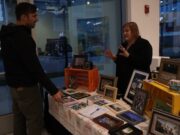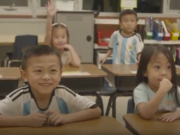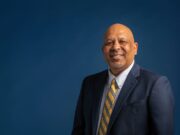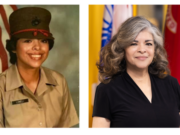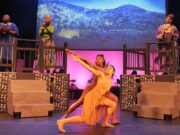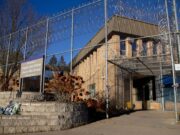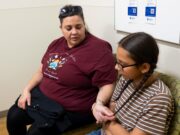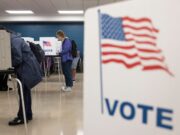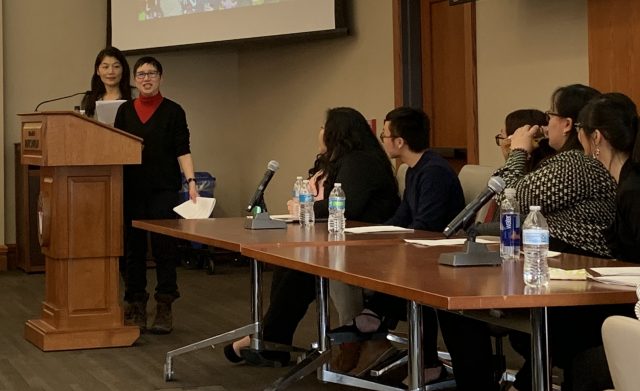Seven UW-Madison students presented their research on the Hmong American College experience to a group of students, staff and faculty last Friday. Their findings suggest the university needs to make Hmong students feel more welcome.
“It is the university’s job to educate students, faculty and staff about Hmong people. It is not the job of Hmong American students,” Senior Pangzoo Lee said.
A student activist group met weekly from September to February to discuss relevant literature, data collection, emerging themes, and data analysis focusing on the Hmong American college experience at UW-Madison. Many participants reported experiencing both microaggressions and macroaggressions while on campus.
“In this study, we learned a great deal about the experiences of Hmong American students in relation to space, exclusion and belonging,” Senior Myxee Thao said.
Opting to use the more inclusive spelling of “HMoob,” which is pronounced very similarly to “Hmong,” the group titled their research project “Our HMoob American College Paj Ntaub.” Paj Ntaub is a cultural artform Hmong people have used to depict their experiences as refugees. The group interviewed 27 Hmong students currently enrolled; all but four are second generation Americans.
Their data indicates an average of 294 Hmong Americans enrolled at UW-Madison from 2007 to 2018; however, the number of students enrolling has decreased 22 percent since 2013. Fifty-eight percent of HMoob American students come from Dane, Marathon and Milwaukee County.
Wisconsin has one of the highest HMoob settlement populations in the country, however, senior Odyssey Xiong said the university did not add “Hmong” as an ethnic category for students to identify with until 2006. Senior Lena Lee said students express ignorance of HMoob culture.
“Most of our participants say they have experienced or know others that have experienced macroaggressions while in school,” she said.
These incidents often include vandalizations of spaces designated for students of color and other students using racialized stereotypes toward HMoob students. Sometimes HMoob students are asked to speak their language as a novelty.
“Most of our participants stated that these incidents did not get reported to the division of student life,” Lee said.
The research team found that students who experience microaggressions do not know if whether their incident qualifies as something they should report or lack confidence in the university to address the issue. Most HMoob American students who experienced these incidents just confide in their peers.
“In our study, the majority our participants express comfort in different specific racial and ethnic student organizations and Asian-specific Greek organizations,” Junior Pheechai Xiong said.
He said students often experience a sense of belonging and community in their organizations that they do not experience in the larger campus community. The research team concluded their presentation with a list of recommendations to make HMoob students feel more welcome which include the expansion of diversity and equity programs, a Hmoob American certificate program and supporting student-led research.






